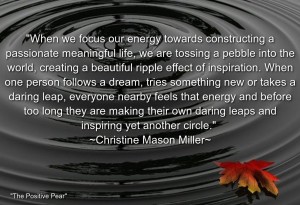Family-Community Engagement From the Classroom
This post was inspired by a recent #PTchat, the weekly parent chat on Twitter every Wednesday at 9pm est. That particular chat helped me gather a lot of ideas, including events that occur over the summer to events during the first week of the school year. I was in awe of some of the amazing things schools and classrooms are doing to engage families and build community support. Many of my thoughts were about things I could try as a school leader, something I aspire to be one day. After the chat, I tried to narrow my focus to what impact I could make on FCE (Family-Community Engagement) from my classroom.
My school hosts an orientation night every year a couple days before school starts. During this particular orientation I set up a table with two papers to hand out to parents. One was a flyer of FAQs and instructions for signing up to my text message based service: Celly. It looks as if all of my teammates will also attempt to use the service this year, though we haven’t actually got off the ground with it yet. Nonetheless, I handed out that form as all of my families entered the school. The second paper I gave out was a 5 item survey for parents including an email address, phone number, and permission to take pictures/videos and post them on my webpage, Twitter, Edmodo, or the school webpage. During the session of orientation for 8th grade students and parents, I was provided time to display the Celly registration and invite families to sign up right then using their cell phones. It was important that I was given time to do this as it provided a more quality “face to face” interaction for me to walk everyone through the sign up procedures. It’s also important for me to leverage this time because our orientation nights are typically well attended. However, after orientation, it’s extremely difficult to get anyone to come back to the school for an event aimed at FCE.
Getting families connected to me and my classroom via a quick text message provides tremendous potential for me (as it does for any school as well). In the past, more traditional modes of communication have proven too unsuccessful or broken to really initiate quality FCE. This year, I made an effort to maximize my message to parents using Celly. The message I’ve attempted to convey is not unique. “I think you are a vital part of your child’s education. I want you to be invested in what’s going on in my classroom and I need your help for your child to succeed.” During #PTchat, it was very clear that everyone involved is attempting to convey that message using a variety of efforts. So during the first week of school I hammered my students and parents with communication including pictures of what I was doing in class and links to activities I created for the first week of school. I even sent a message one morning asking for suggestions on airplane-themed music I could play as my students entered my room each period. I wanted my message to be sent loud and clear and according to responses, the message has been received.
There is so much room for improvement in FCE at my school. I wanted this post to reflect some of the efforts that I’ve put forth this year to increase FCE at the classroom level. What can you share about how your class or your school engages families and communities? What are your goals? How will you know if those goals are met?





